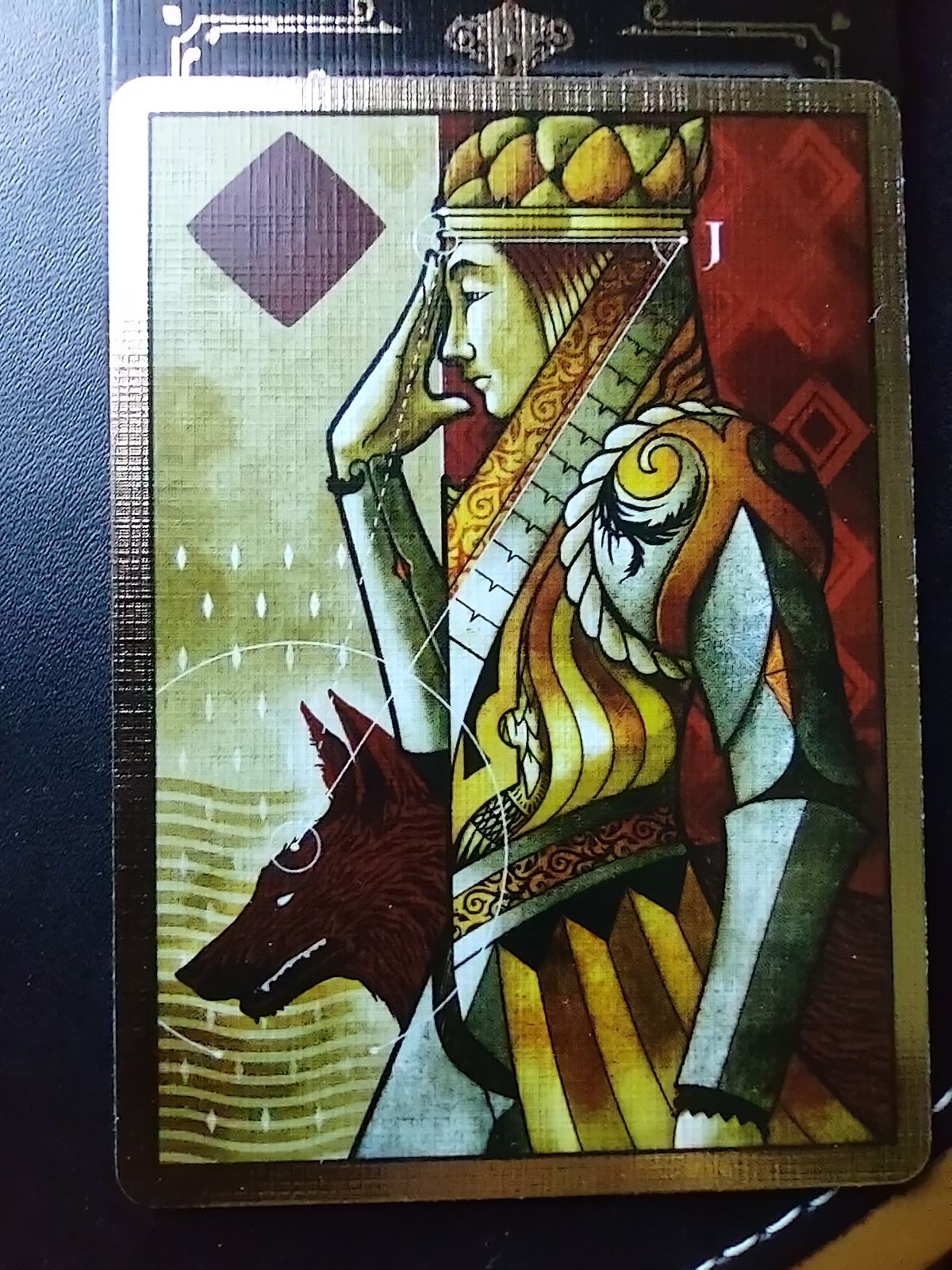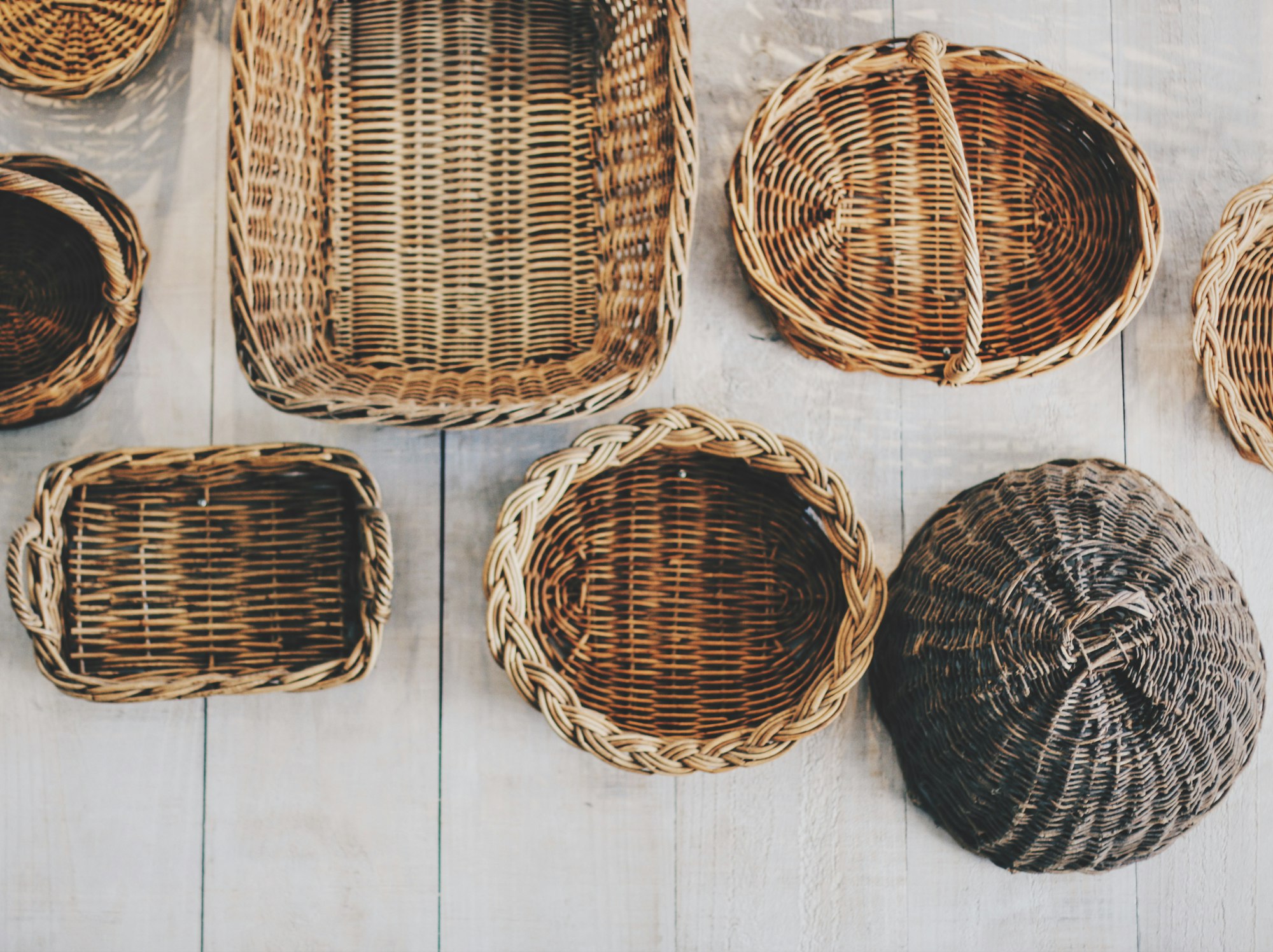X: Wine Press
Pressure that can light an ice cube on fire.
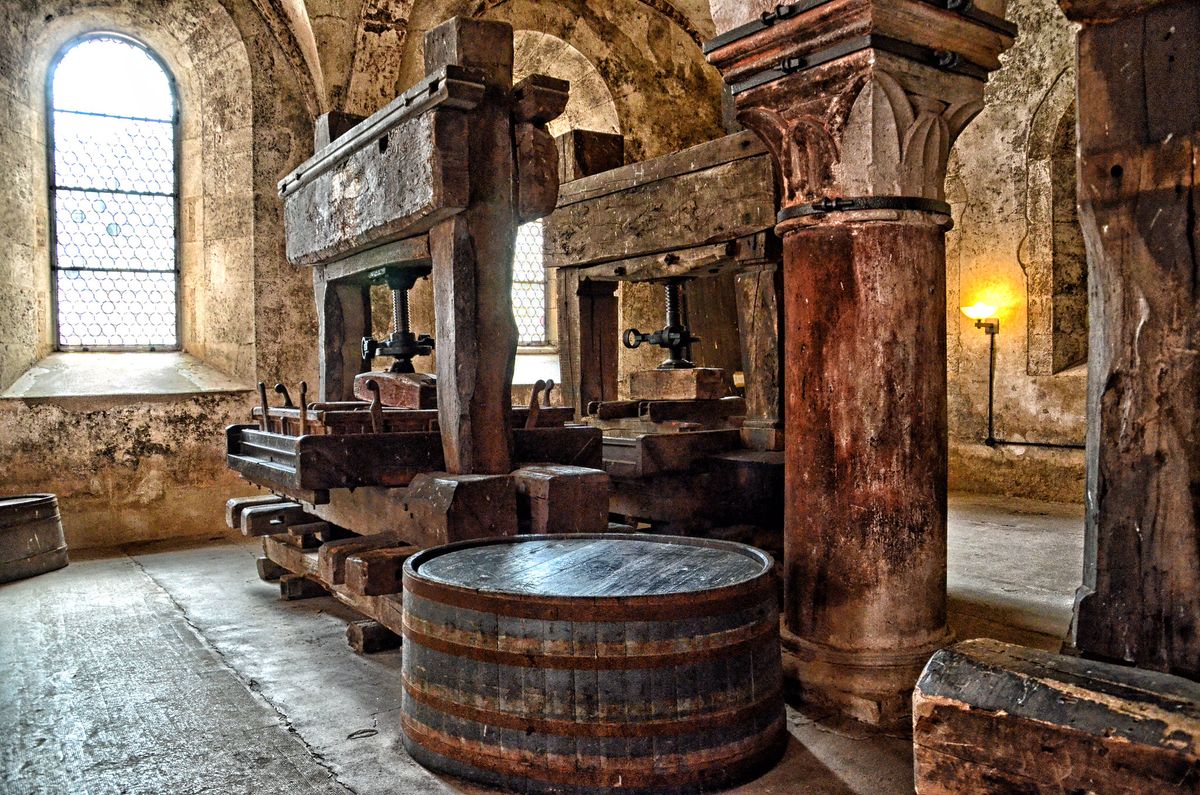
Good morning. Today is décadi, the 20th of Vendémiaire, Year CCXXXI. We celebrate le pressoir, a machine for crushing grapes.
A wine press uses pressure to convert grapes into juice. But what if we built a super-press that could turn grapes into something weirder. Pressure, in extreme situations, can create some bizarre stuff.
Gliese 436 b is a relatively nearby (33 light years away) planet orbiting a relatively cool red dwarf star (named, of course, Gliese). It's a Neptune-sized planet with an atmosphere that contains water. This is all very exciting, and the proximity plus the water would seem to make it a famous planet for imaginary colonization in a sci-fi tale.
But that's not the source of its notoriety. Neither is it the fact that the planet whips around its star in two Earth days and rotates on its axis every 16.75 Earth hours, which makes it a speed demon of mythic proportions. It can do its orbit so quickly because it's extremely close to its star – less than 3 million miles from the fiery surface. For comparison, Mercury is 35 million miles away from the sun.
No, what makes Gliese 436 b so marvelous, and the reason it's currently on the docket to receive an easier-to-remember common name and become one of the better-known exoplanets, is because the size, spin, and orbit all conspire to create tremendous gravitational and atmospheric pressure on the water it contains, hardening that water into ice even though the surface temperature of the planet is 822 degrees Fahrenheit (439 Celsius).
It's a planet made of ice that's on fire. And that's still not even the strangest part.
From a molecular standpoint, water might be the most alien substance in the universe. We take its bizarre properties for granted because of familiarity, but the unique symmetry and math of an oxygen atom half-full of hydrogen (and therefore half searching for something else to bond with) creates some truly weird properties.
The one most commonly pointed out is that it becomes lighter as it becomes more solid, which is why ice floats. The ice we see bobbing around in a glass or on the ocean is known, officially, as Ice I. That's a Roman numeral "one" not a member of an alphabetical series of ices that includes Ice T.
There are at least 17 (okay, XVII) known or theorized ways for water to organize itself into a solid. On this planet, we only naturally get Ice I, the slippery version that floats and forms because of cold temperature in regular atmospheric pressure.
The two ways to convince a liquid to become solid are to drop the temperature or increase the atmospheric pressure. It's the latter that gets ice to form on the molten "surface" (or atmosphere, we're not sure yet) of Gliese 436 b. But when you make ice with pressure instead of cold, the atoms don't make a slippery, stable, floating crystal. Instead, they make Ice X, the most extreme form of ice.
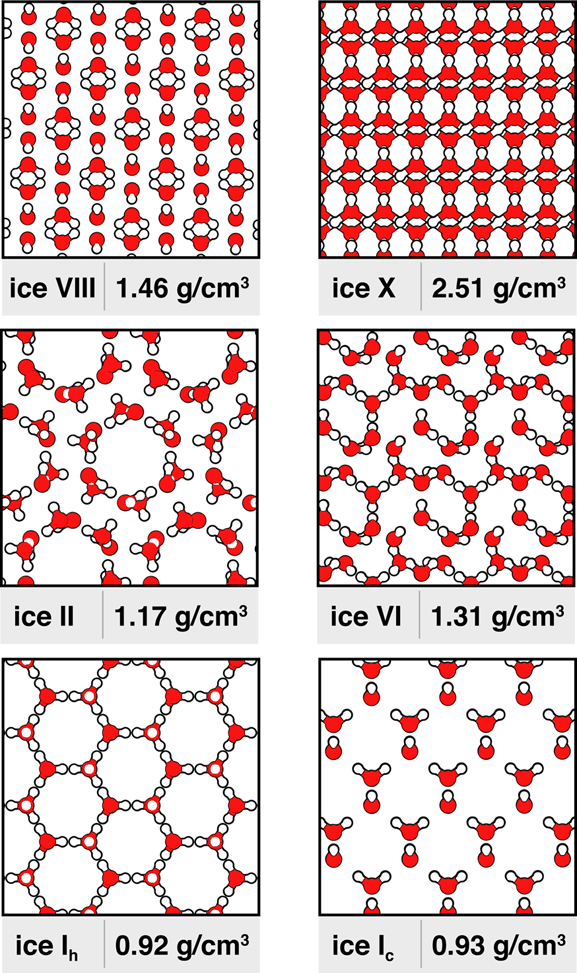
While good old fashioned Ice I makes a pleasant hexagon (in ways that either touch – surface ice – or kind of drift around – cloud ice), Ice X gets into straight rows with the oxygens almost kissing. If we were somehow able to make Ice X-style snow, instead of snowflakes, we'd get snow bricks.
Ice X is probably hanging out deep in the interiors of Neptune and Uranus, but on Gliese 436 b, it's hanging out for all the spectrometers to see, even leaving a vaporous smear in the path of the planet's orbit, like a piece of Ice X chalk.
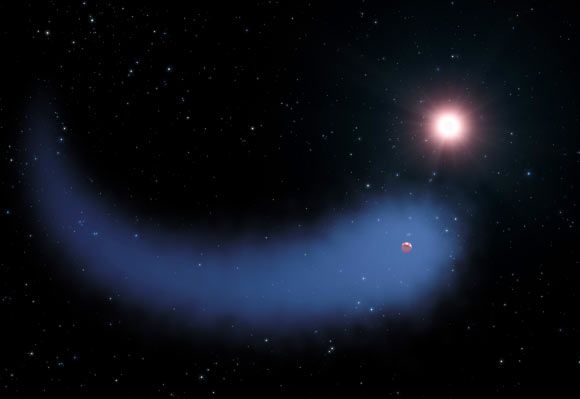
This implies that Ice X does some sort of solid-to-gas sublimation, but we don't know exactly how any of this works or what exactly is causing it. For that reason, Gliese 436 b is on the schedule for the eye of the new James Webb Space Telescope.
We're also attempting to create Ice X in a lab using something called a high-pressure diamond anvil cell, an unassuming little boxes with diamonds for plates and the ability to generate astounding pressures on tiny molecular samples without breaking apart. Someone's job is to squeeze nature until answers come out.
Wine presses have been around for thousands of years, largely unchanged in design or purpose, though the materials have been upgraded a bit over the centuries from woods to metals. Is a grape the first thing we squeezed to find answers? Did we find them in its juices?
The wine press may seem like an outdated tool to celebrate on this day, but not only is it still very much in use as-is, its descendants are probing the very limits of physics to answer questions about entirely different planets.
Today's card: Jack of diamonds
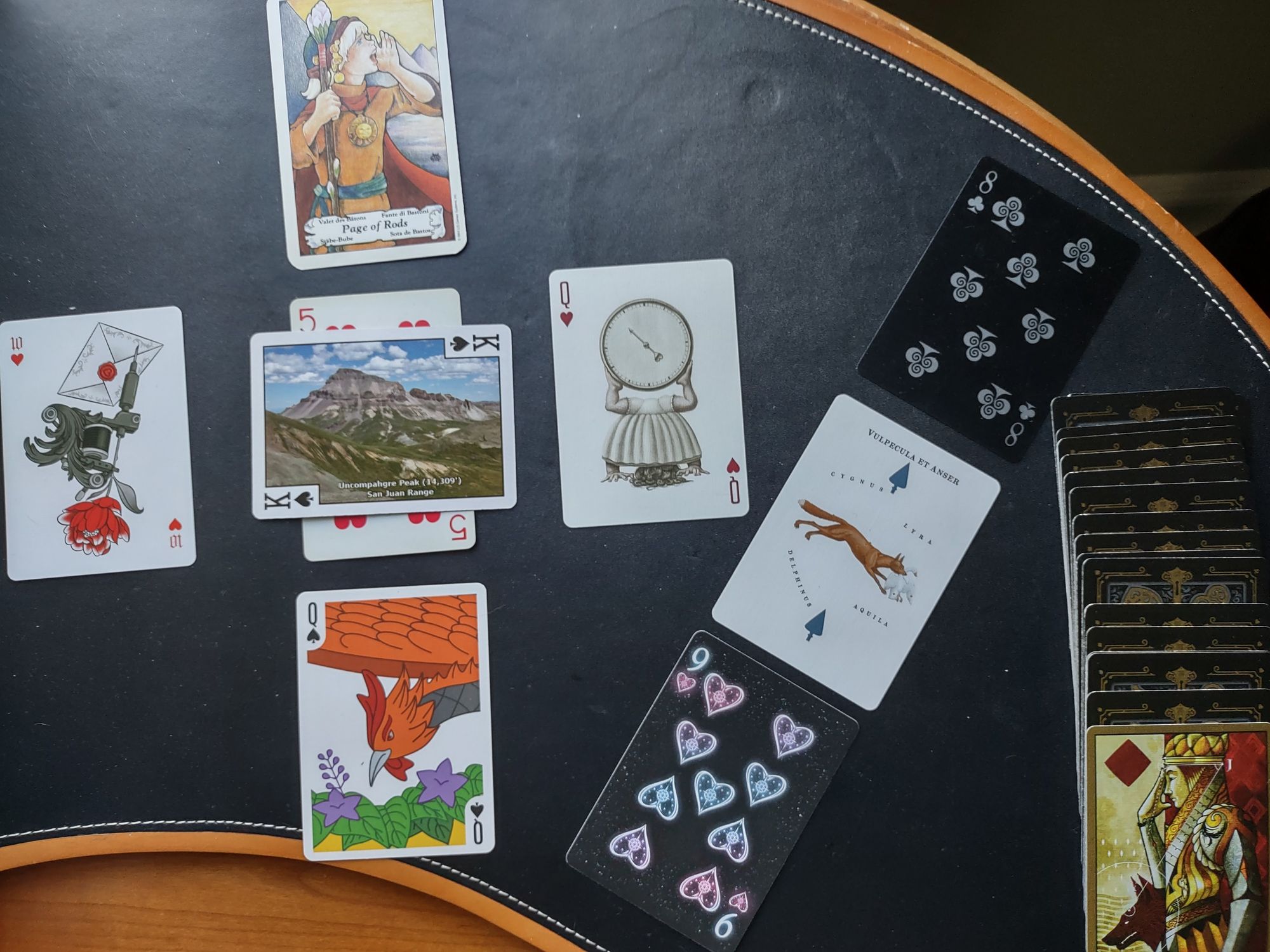
Click for a recap of the story so far...
This week's query is about a long-term relationship in our lives that is in a stasis (5♥) after a spending a lot of time together recently that ended a bit awkwardly (reverse 10♥). This, by itself, is not good or bad, but we have external obligations from people (K♠) that are taking time and energy away from this relationship, something we're inviting to happen from within (Q♠) and may prevent the friendship's natural tendency thrive (Q♥). The page of wands is our key card (8♣) and represents a random, less-experienced person (2♠) who offers to handle some work-related communication, which will help us find the energy to focus on the relationship (9♥).
The risk of doing a reading like this, one card at a time, is that the subsequent cards will nullify and require a complete reinterpretation of everything that came before. While that's not exactly what happened here, it was definitely a surprise to see diamonds make an appearance, and in such playful garb.
On the surface, the outcome of all our efforts to give meaningful time to a long-term relationship is ... a disruption of income?
And this leads me to the caveat that's been burbling along the readings all décade: the cards may be telling us not to worry, and warning us not to overreact to our own feelings.
Sure, maybe the last time we hung out with our friend or loved one, we felt an awkward pinge in the communication, and maybe that's stuck in our craw, making us question the stability of the relationship, or if it's in need of some TLC. And maybe the amount of time and attention we've been pouring into work has felt like it's in the way of that relationship, which is, in a spiritual sense, more valuable than any temporary treasure.
But the cards have contained a warning not to accept help at work in order to free up time. Don't hand off important tasks to inexperienced co-workers to take a vacation to see your friend. It's not necessary! The queen of hearts shows that the relationship is naturally on a path to continue deepening and increasing through the years. The two of spades shows that the person we'd consider accepting help from isn't ready. And the Jack of diamonds is saying the outcome might be chaotic to our income.
That's one interpretation. Looking more closely at the art for this deck's Jack, however, provides a little nuance to that warning. This Jack appears to be connecting with his inner wolf, drawing from its energy as he regards the rest of the cards to his left. Jacks aren't necessarily bad omens, only mischievous ones. If we really feel the need to go spend time with someone important to us, the worst that could happen is the introduction of a new hunter to our work life, someone to either convert to our pack or fend off with a torch. This may be a perfectly acceptable risk.
Once again, it's the Page of wands who has the most important message to tell. When deciding what to do, get out of your own head and heart about it, and don't worry about communicating directly with your friend just yet – being a friend, they're just likely to say everything's fine. Instead, think back on any random encounters you had that made you think of your friend. Did that encounter lead to feelings of panic and worry about the friendship? Then it might be worth the risk to set aside work for now. Did it trigger happy memories and nostalgia? Then trust the strength of the hearts and continue listening to your inner desire to kick ass at work and keep the wolves at bay.
The cards aren't certain about what the Page said, only that the Page's message is the deciding factor. Let that be your serendipitous guide.
I hope this reading had some resonance on some level, or at least provided the tools for you to do your own interpretive work with the cards. If you are a Citoyen subscriber and would like to submit a query for the next ten-day card spread, please do so in the comments on the post. Happy Republican week-end!
